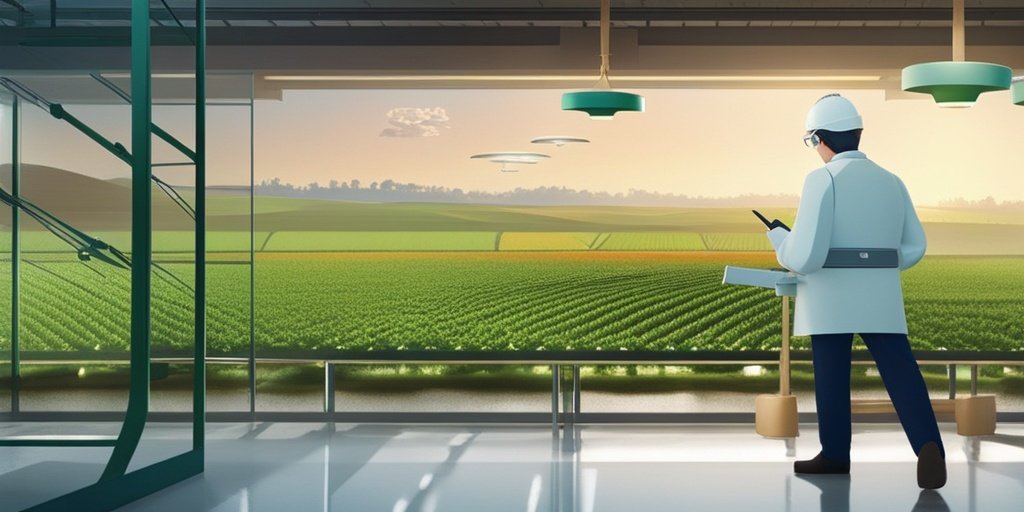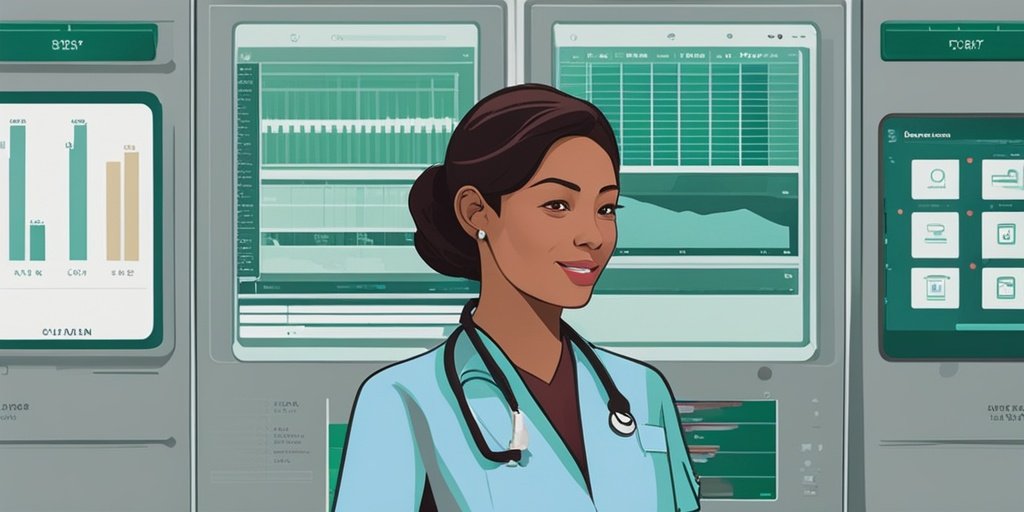🔍 Innovations in Digital Health: Research Insights
A comprehensive review of antibiotic resistance gene contamination in agriculture: Challenges and AI-driven solutions.
Abstract
Since their discovery, the prolonged and widespread use of antibiotics in veterinary and agricultural production has led to numerous problems, particularly the emergence and spread of antibiotic-resistant bacteria (ARB). In addition, other anthropogenic factors accelerate the horizontal transfer of antibiotic resistance genes (ARGs) and amplify their impact. In agricultural environments, animals, manure, and wastewater are the vectors of ARGs that facilitate their spread to the environment and humans via animal products, water, and other environmental pathways. Therefore, this review comprehensively analyzed the current status, removal methods, and future directions of ARGs on farms. This article 1) investigates the origins of ARGs on farms, the pathways and mechanisms of their spread to surrounding environments, and various strategies to mitigate their spread; 2) determines the multiple factors influencing the abundance of ARGs on farms, the pathways through which ARGs spread from farms to the environment, and the effects and mechanisms of non-antibiotic factors on the spread of ARGs; 3) explores methods for controlling ARGs in farm wastes; and 4) provides a comprehensive summary and integration of research across various fields, proposing that in modern smart farms, emerging technologies can be integrated through artificial intelligence to control or even eliminate ARGs. Moreover, challenges and future research directions for controlling ARGs on farms are suggested.
Author: [‘Sun Z’, ‘Hong W’, ‘Xue C’, ‘Dong N’]
Journal: Sci Total Environ
Citation: Sun Z, et al. A comprehensive review of antibiotic resistance gene contamination in agriculture: Challenges and AI-driven solutions. A comprehensive review of antibiotic resistance gene contamination in agriculture: Challenges and AI-driven solutions. 2024; (unknown volume):175971. doi: 10.1016/j.scitotenv.2024.175971

🔑 Key Takeaways
- 🌾 The use of antibiotics in agriculture has led to the emergence of antibiotic-resistant bacteria (ARB).
- 🔄 Horizontal transfer of antibiotic resistance genes (ARGs) is accelerated by various anthropogenic factors.
- 🐄 Animals, manure, and wastewater are primary vectors for the spread of ARGs in agricultural environments.
- 🛠️ The review explores multiple strategies to mitigate the spread of ARGs on farms.
- 🤖 AI technologies can be integrated into modern smart farms to control or eliminate ARGs.
- 📊 The study highlights the need for comprehensive research across various fields to address ARG contamination.
- 🔍 Future research directions are suggested to enhance the control of ARGs in agricultural settings.
📈 This comprehensive review delves into the challenges posed by antibiotic resistance gene contamination in agriculture and proposes AI-driven solutions to tackle these issues. The study emphasizes the importance of understanding the origins and pathways of ARGs to develop effective mitigation strategies. Read the full abstract here.
📚 Background
The discovery of antibiotics revolutionized veterinary and agricultural practices, significantly improving animal health and productivity. However, the prolonged and widespread use of these substances has led to serious challenges, particularly the emergence of antibiotic-resistant bacteria (ARB). This situation is exacerbated by various human activities that facilitate the horizontal transfer of antibiotic resistance genes (ARGs), posing risks to both environmental and human health.
📊 Study Summary
The study, conducted by Sun Z and colleagues, aims to provide a comprehensive analysis of the current status of ARG contamination in agriculture. It investigates the origins of ARGs on farms, the mechanisms through which they spread to surrounding environments, and various strategies to mitigate their impact. The objective is to integrate emerging technologies, particularly artificial intelligence, into modern farming practices to control or eliminate ARGs effectively.
📈 Key Findings
The review identifies several critical factors influencing the abundance of ARGs on farms, including animal health practices, manure management, and wastewater treatment. It also highlights the pathways through which ARGs spread from farms to the environment, emphasizing the role of non-antibiotic factors in this process. The authors propose innovative methods for controlling ARGs in farm wastes, showcasing the potential of AI technologies in smart farming.
🌍 Impact and Implications
The implications of this study are profound. By integrating AI-driven solutions into agricultural practices, we can enhance our ability to monitor and control ARGs, ultimately protecting public health and the environment. The findings underscore the necessity for interdisciplinary research and collaboration to develop effective strategies for managing antibiotic resistance in agriculture. The future of farming could be significantly improved through these advancements, leading to safer food production and healthier ecosystems.
🔮 Conclusion
This review highlights the urgent need to address antibiotic resistance gene contamination in agriculture. By leveraging AI technologies and innovative management practices, we can mitigate the spread of ARGs and safeguard both human and environmental health. We encourage further research and collaboration in this critical area to ensure sustainable agricultural practices for the future! 🌟
💬 Your comments
What are your thoughts on the challenges of antibiotic resistance in agriculture? Let’s engage in a discussion! 💬 Share your insights in the comments below or connect with us on social media:
